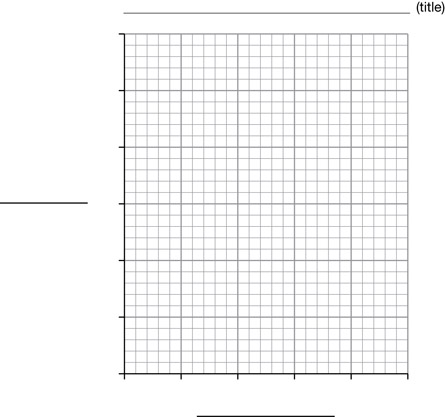Module 7
1. Module 7
1.17. Module Summary/Assessment
Module 7—Investigating the Nature of the Atom
 Module Summary
Module Summary
Module 7 focused on how the quantization of energy in atoms and nuclei reveal the electrical nature of the atom. Early work with vacuum tubes and electric potential led to the discovery of the cathode ray, which served as a vehicle for investigations into the nature of the particles that produced it. Experimentation and observations of cathode rays indicated that they were negatively charged particles capable of being deflected by magnetic and electric fields and possessing the particle characteristics of kinetic energy and momentum.
Using the cathode ray, J. J. Thomson determined the charge-to-mass ratio of these particles by first measuring their speed with perpendicular electric and magnetic fields and then by using only a magnetic field to produce uniform circular motion. Thomson concluded that the unique charge-to-mass ratio for all cathode ray particles is 1.76 × 1011 C/kg, a ratio thousands of times larger than that of any other common particle, such as the hydrogen ion. The large ratio could indicate a relatively large charge and/or relatively small mass. In this case it was the small mass that led to a large q/m (charge-to-mass) ratio.
The concepts and theories used in Thomson’s original experiment are now commonly applied in mass spectrometer technology. This technology can be used to identify unknown chemicals by comparing the unique charge-to-mass ratio of the unknown compound to that of the charge-to-mass ratio of other known compounds.
Millikan discovered the elementary charge of an electron in his now-famous oil drop experiment. By finding the smallest difference in charge between thousands of oil drops, he was able to conclude that the electron has a charge of –1.602 × 10–19 C—a value that is now referred to as the elementary charge. Although time-consuming, his experiment was instrumental in establishing not only the value of the elementary charge, but also the quantized nature of electric charge—an oil drop’s charge can only be an integer multiple of the elementary charge. It also confirmed the idea that the atom was not the smallest form of matter and that it is divisible into subatomic particles.
After the electron had been identified and studied, the nature of the nucleus was revealed by Rutherford’s scattering experiment, leading to the planetary model of the atom. This model was difficult in terms of classical physics and required significant revisions, which were done courtesy of Niels Bohr. Bohr’s Semi-Classical Model described electrons orbiting the nucleus in certain stable states (energy levels) with specific energies and radii. This quantization of the energy explained patterns in the EMR spectrum of certain elements, leading to the identification of atoms and elements on distant objects such as the sun.
Finally, the quantum mechanical model of the atom described the electron position using a probability distribution, a distribution that indicates where the electron is most likely to be found.
Theories about the composition and structure of the atom are constantly changing, and it is important to remember that scientific models are human inventions. They are tools developed to help explain physical phenomena. As such, models are not a literal representation of the world. Rather, they illustrate a way of looking at the world and a way of understanding certain phenomena. As science continues to uncover secrets of the atom, new models will evolve. Hence, an artistic representation of electrons orbiting a nucleus is just that—a representation of something that cannot be seen by the human eye but can be understood by the human brain.
Module Assessment
Use the information below to answer the following questions.
Question 1
In a modified Millikan apparatus, a small charged object with a mass of 4.7 × 10–15 kg is suspended by the electric field that is between charged parallel plates. The table below shows how the balancing voltage depends on the distance between the plates.
Plate Separation (mm) |
Balancing Voltage (x 103 V) |
10.2 |
0.992 |
21.0 |
1.99 |
25.1 |
2.44 |
29.0 |
2.85 |
35.0 |
3.52 |
55.0 |
|
- Graph the balancing voltage as a function of the plate separation with the manipulated variable on the horizontal axis.

- Calculate the slope of the graph and describe the physical quantity or quantities that this slope represents.
- Using the slope, or another suitable averaging technique, determine the magnitude of the charge on the suspended mass.
- Determine the balancing voltage required when the plates are separated by 55.0 mm.
Clearly communicate your understanding of the physics principles that you are using to solve this question. You may communicate this understanding mathematically, graphically, and/or with written statements.
Question 2
Describe the development of the quantum mechanical model of the atom. In your explanation, start with the Dalton model of the atom and finish with the quantum mechanical model of the atom. For each of the five models include
- a description of the significant experiments
- the reason the observations of the experiment showed a new model was needed
- a description of how scientists changed each model into the next model